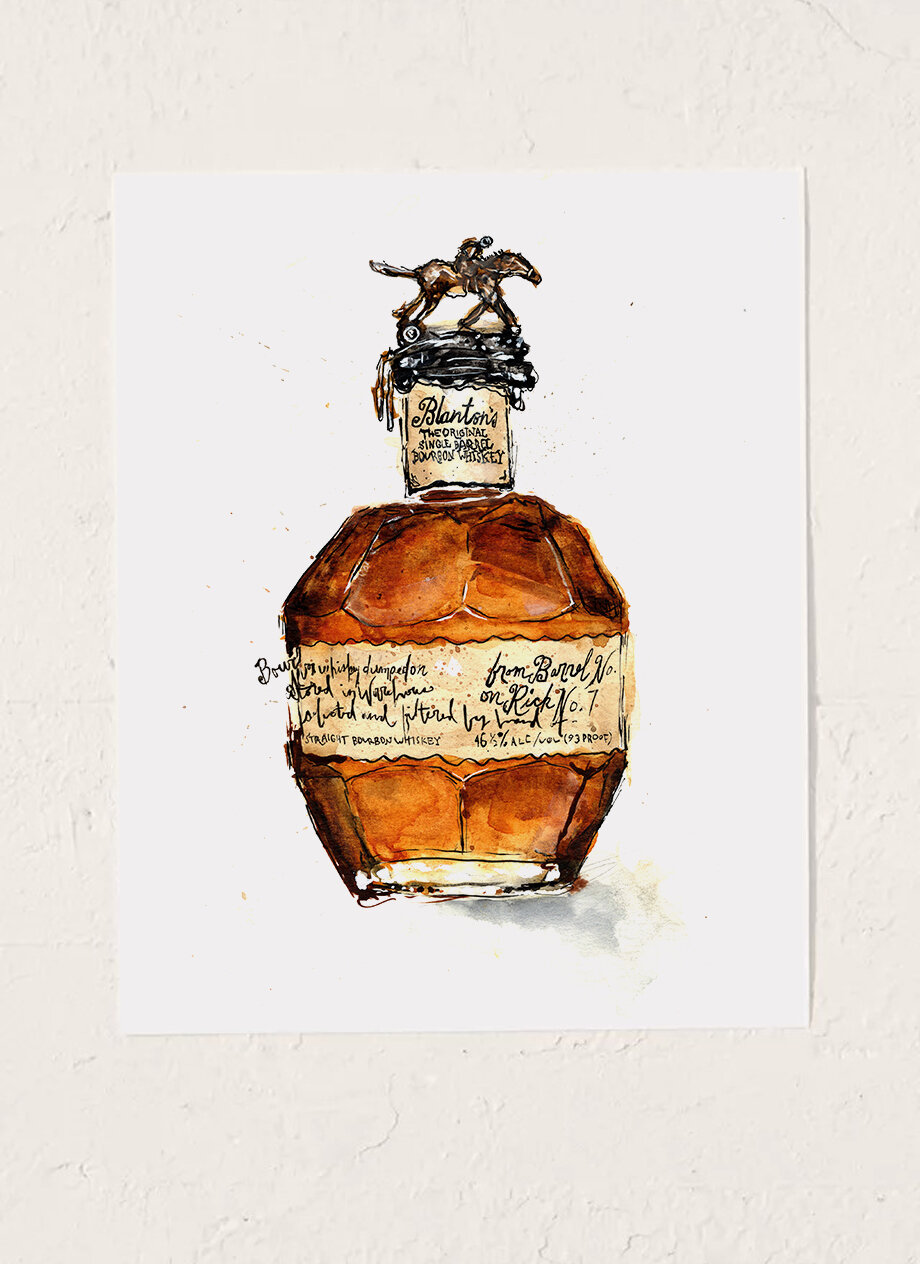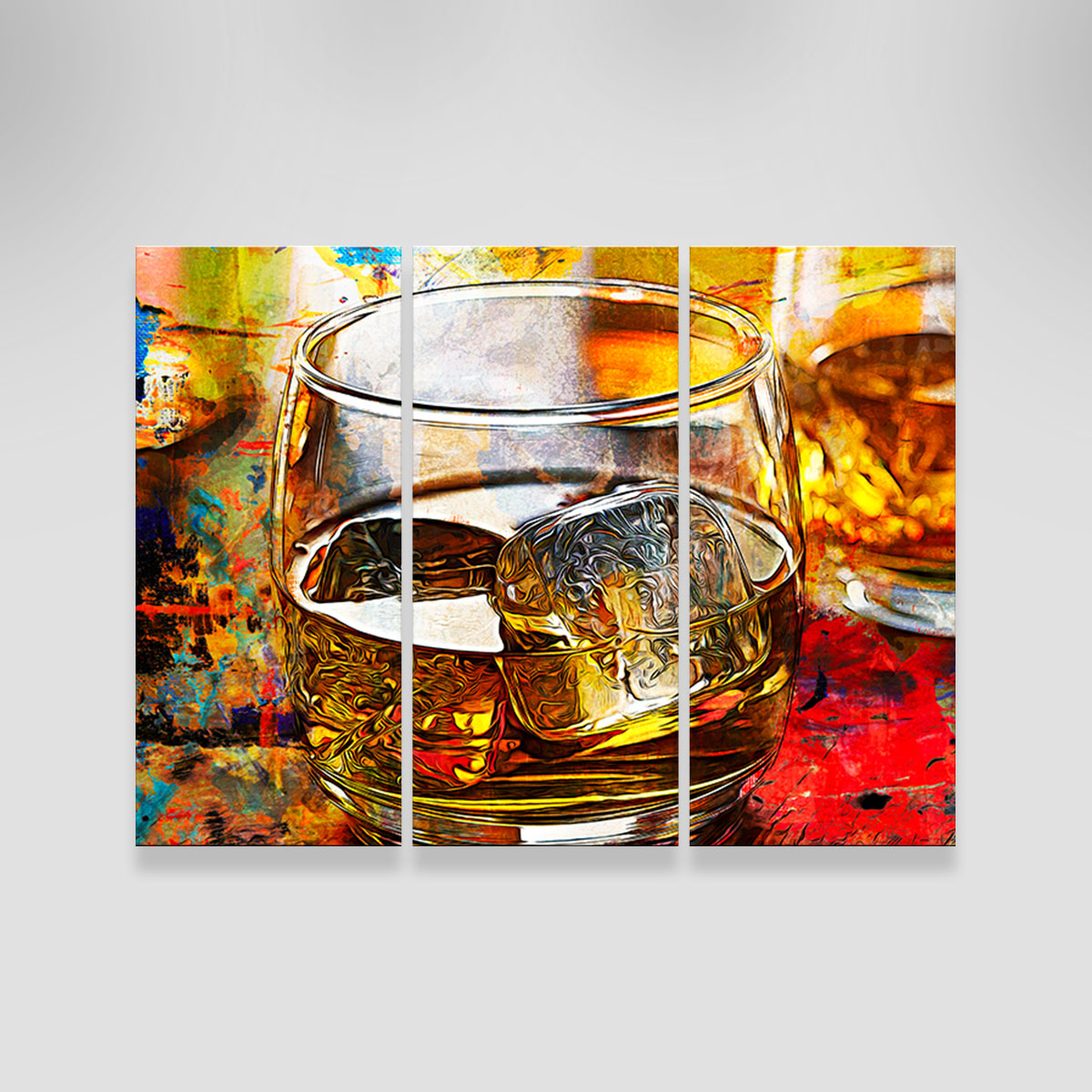Limited Edition: Discover Exclusive Bourbon Art Parts for Collectors
Limited Edition: Discover Exclusive Bourbon Art Parts for Collectors
Blog Article
The Significance of Whiskey Art in Celebrating Heritage and Craftsmanship in the Beverage Sector
The intricate partnership in between whiskey art and the party of heritage and craftsmanship within the beverage industry can not be overemphasized. With attentively made labels and containers, scotch brands encapsulate their historical roots and the artisanal skills that specify their production approaches.
The Historic Origins of Whiskey
At the heart of whiskey's attraction exists a rich tapestry of historical origins that trace back to old civilizations. The beginnings of whiskey can be linked to the distillation practices of the Sumerians and Babylonians around 2000 BCE, where very early forms of fermented grain beverages began to emerge. Nevertheless, it remained in the Center Ages that the art of purification progressed substantially, especially in Ireland and Scotland, resulting in the production of bourbon as we understand it today.
The term "bourbon" itself stems from the Gaelic word "uisce beatha," indicating "water of life." This expression highlights the cultural value of whiskey in Celtic cultures, where it was typically associated with rituals, events, and public bonding. By the 15th century, distillation ended up being an acknowledged craft within reclusive communities, leading the way for the facility of legal distilleries.
As trade paths expanded, whiskey's appeal grew, transcending regional limits and capturing the rate of interest of connoisseurs worldwide. Bourbon Art. This historic trip shows not just the workmanship behind whiskey manufacturing but additionally its integral role in social and social contexts, noting it as a significant drink throughout history
Artistic Expression in Branding
Scotch branding stands as an engaging intersection of artistry and business, where aesthetic identity plays an important role in forming customer perception. The visual appeals of bourbon labels, product packaging, and advertising products mirror not just the brand's tale however likewise its core values and heritage. With creative expression, distilleries share a narrative that resonates with customers, evoking feelings and sparking connections.
Making use of shade, typography, and images in branding serves to differentiate products in a saturated market. Conventional themes might evoke a sense of credibility and workmanship, while modern-day layouts can indicate development and forward-thinking. This calculated creative instructions improves brand name recognition and loyalty, allowing customers to build a personal connection with the whiskey they select.
Furthermore, creative expression in branding often functions as a party of regional heritage. Distilleries frequently include local icons or historic references right into their styles, developing a local color that invites customers to take part in a broader social experience. Eventually, the creativity behind scotch branding not just enhances visual charm however additionally improves the overall narrative of the brand, promoting a deeper admiration for the craftsmanship and heritage embedded in each container.
Workmanship in Container Design
The artistry evident in whiskey branding expands past aesthetic identity to include the workmanship associated with bottle layout. Each bottle serves as a vessel not just for the spirit within, but also for the story it tells concerning its custom, beginning, and high quality. The style procedure needs precise interest to detail, as aspects such as shape, product, and closure contribute significantly to the overall understanding of the whiskey.
Craftsmanship in container style involves picking top quality glass that can improve the scotch's shade and quality, while likewise giving a tactile experience for the customer. The shape of the container must be both cosmetically enticing and functional, usually showing the heritage of the brand. Lots of distilleries go with one-of-a-kind forms or embossed logo designs that evoke a feeling of authenticity and background.
In addition, the tag design and typography play an essential duty in interacting the brand name's narrative. Realism Art. A well-crafted container not just captivates the customer's eye but additionally enhances the brand name's dedication to top quality and practice. By doing this, the craftsmanship of bottle design comes to be an essential facet of the whiskey experience, merging artistry with a profound regard for heritage
Social Importance of Scotch Art
Commemorating custom and workmanship, the cultural relevance of bourbon art goes beyond plain aesthetics, intertwining with the historic and social stories of the areas where it comes from. Each container works as a canvas, illustrating the special tales, folklore, and customs that have actually formed regional whiskey-making methods. The detailed styles typically mirror the heritage of the distillers, integrating icons and concepts that resonate with the culture and worths of their communities.

Additionally, bourbon art plays an important role in communal events and parties, acting as a concrete web link between people and their shared experiences. By valuing the artistry in scotch product packaging, consumers cultivate a much deeper understanding and regard for the craft, ultimately enhancing their pleasure of the drink itself.
Modern Trends in Bourbon Discussion
In recent years, the presentation of bourbon has developed to reflect modern preferences and patterns while still recognizing traditional craftsmanship - Realism Art. Distilleries are progressively concentrating on aesthetic components that boost the general alcohol consumption experience, bridging the space in between heritage and modernity
Ingenious bottle layouts have actually emerged, frequently integrating sustainable materials and imaginative labels that tell compelling tales. Many brand names currently team up with local artists, infusing their items with unique visual expressions that resonate with find here consumers. In addition, limited-edition launches are often packaged in collectible containers, including worth and charm for connoisseurs.

Conclusion
Finally, whiskey art acts as an important channel view website for revealing the heritage and workmanship intrinsic in the drink industry. Through complex branding, cutting-edge container designs, and culturally considerable imaginative elements, scotch brands properly honor their traditions and get in touch with customers. This imaginative story not only raises the recognition of bourbon yet likewise strengthens neighborhood identification and satisfaction among producers. Ultimately, whiskey art plays a vital role in preserving and commemorating the abundant cultural tapestry of whiskey-making.


Craftsmanship in container style involves selecting high-quality glass that can improve the scotch's color and quality, while also supplying a tactile experience for the consumer. In this method, the craftsmanship of container layout becomes a vital element of the bourbon experience, merging creativity with a profound regard for heritage.
In conclusion, bourbon art click to investigate serves as a vital avenue for expressing the heritage and workmanship intrinsic in the drink market.
Report this page